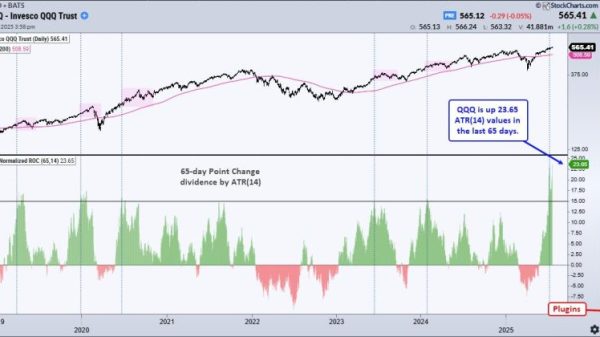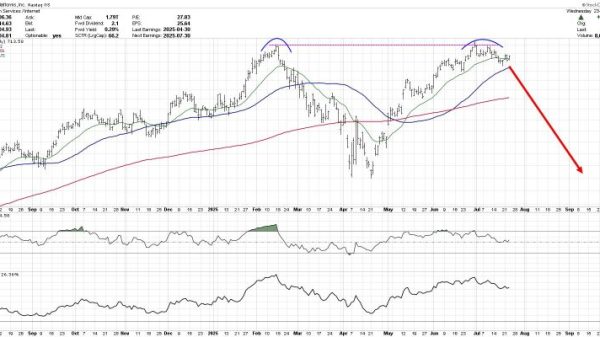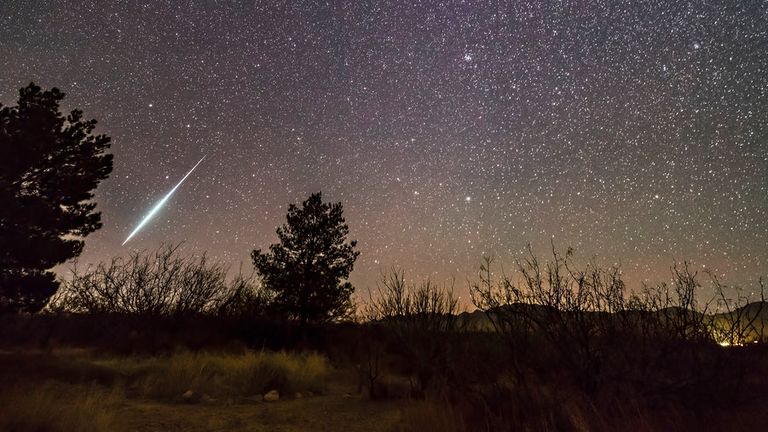Meteors will be streaking across the sky this weekend as Earth passes through the debris of Halley’s Comet.
The annual Eta Aquariid meteor shower peaks on Sunday night into Monday morning but should be visible, weather-permitting, all weekend.
Where to watch the show
You should see the meteors low in the sky if you look to the east before dawn. They are more easily visible in the southern hemisphere but you can still spot them in the UK.
Of course, your stargazing may depend on the weather. This weekend, it is very unsettled.
The Met Office says its “computer models are disagreeing” about where will see the worst weather around the UK.
Their cloud cover map currently suggests southern England will have the clearest night on Saturday, however, and most of Wales will have the best chance on Sunday.
If you spot clear skies, head out before dawn and settle in.
“Hunting for meteors, like the rest of astronomy, is a waiting game,” says the Royal Observatory Greenwich’s site.
“It’s best to bring a comfy chair to sit on and to wrap up warm as you could be outside for a while.”
You’ll need to allow your eyes to adjust to the dark, so try to get away from sources of light pollution, like street lights or houses.
What is the Eta Aquariid meteor shower?
Named after Eta Aquarii, the star it appears to radiate from, the meteor shower comes around annually.
Unlike most big annual meteor showers, there is no sharp peak. Instead, they’re best spotted across a number of days around this time in May.
The meteors are the debris from Halley’s Comet.
This is particularly famous because when observing it, astronomers realised for the first time comets could pass through the solar system multiple times.
When historians dug into it, they realised Halley’s Comet had been spotted by humans for thousands of years. It even features in the Bayeux Tapestry, which chronicles the Battle of Hastings in 1066, according to NASA.
Meteors appear in our skies when debris in space enters our atmosphere. Their speed means they heat up and begin to glow, leaving a trail that we can see when we stargaze.



























